Home>diy>Building & Construction>What Is An LD In Construction
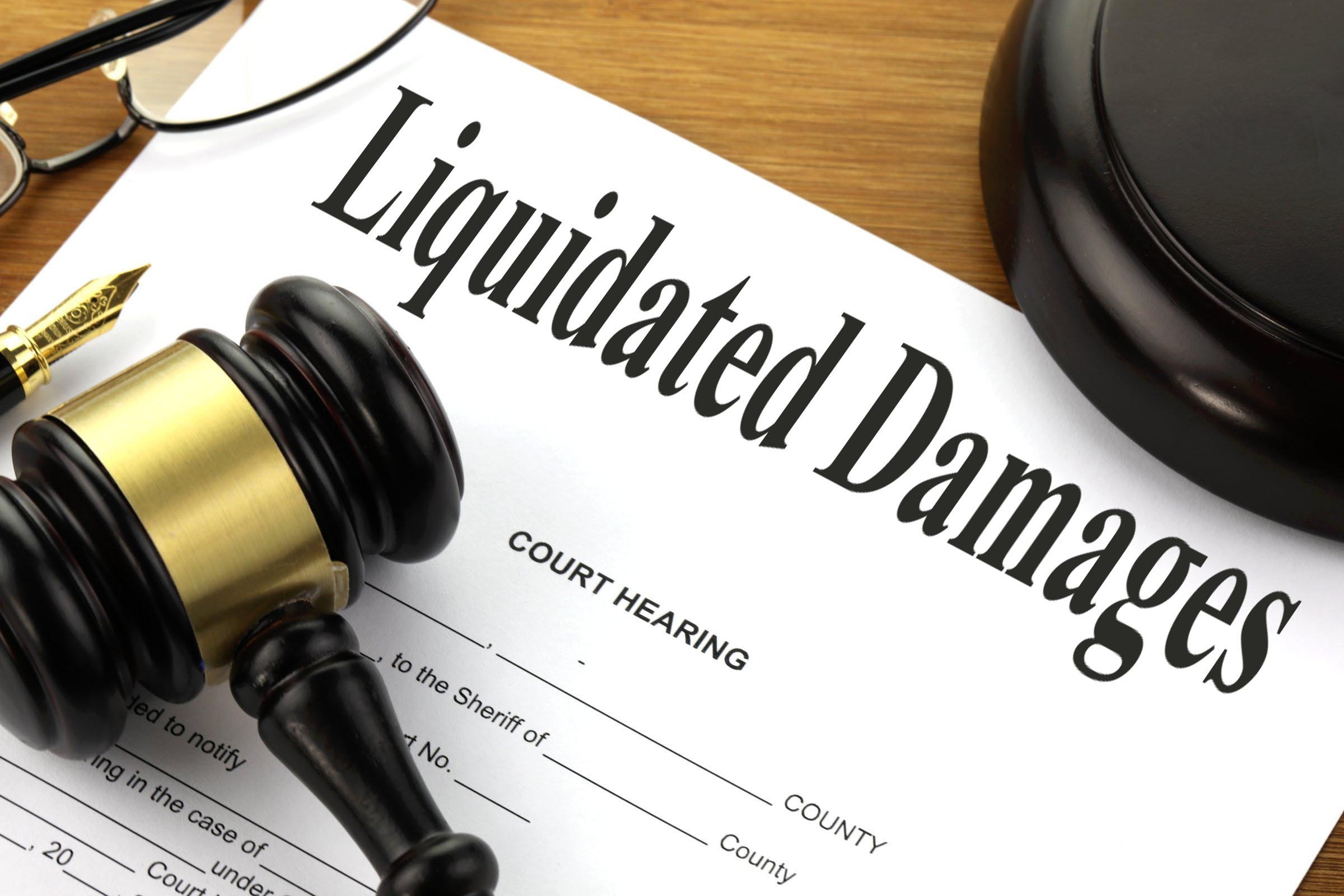

Building & Construction
What Is An LD In Construction
Modified: January 23, 2024
Discover what an LD in construction means and how it relates to building-construction. Gain knowledge on this vital aspect of the industry.
(Many of the links in this article redirect to a specific reviewed product. Your purchase of these products through affiliate links helps to generate commission for Storables.com, at no extra cost. Learn more)
Introduction
In the field of construction, there are numerous professionals who play vital roles in ensuring the successful completion of projects. One such crucial role is that of a Loss and Damage (LD) expert. LDs are highly skilled individuals with in-depth knowledge of building construction, capable of managing and mitigating various risks and challenges throughout the project lifecycle.
The primary responsibility of an LD is to assess and quantify any loss or damage that occurs during the construction process. This can include damages to property, equipment, materials, or even injuries sustained by workers on-site. LDs are responsible for investigating the cause of these losses, determining their financial impact, and implementing measures to minimize future occurrences.
LDs play a crucial role in construction projects, as their expertise ensures that both the client and contractor are protected from undue financial burdens. By meticulously tracking and documenting damages, LDs help facilitate the resolution of claims efficiently and effectively.
However, being an LD comes with its own set of challenges. From the complexities of navigating legal frameworks to managing disputes between parties, LDs must possess an array of skills and qualifications to excel in their role.
In this article, we will explore the definition and significance of LDs in construction projects, their roles and responsibilities, the challenges they face, and the skills required to succeed in this demanding field.
Key Takeaways:
- LDs are indispensable in construction, safeguarding projects from financial burdens by assessing, managing, and mitigating losses and damages. Their expertise ensures project success and stakeholder protection.
- LDs face challenges in navigating legal frameworks, managing disputes, and handling large volumes of data. Their skills in risk management, communication, and continuous learning are essential for success in this demanding field.
Read more: What Does LD Mean In Construction
Definition of an LD in Construction
A Loss and Damage (LD) expert in the construction industry is a professional who specializes in assessing and managing the financial impacts of losses and damages that occur during the course of a construction project. LDs are typically employed by either the client or the contractor to ensure that all parties are protected from financial liabilities resulting from unforeseen incidents and accidents.
LDs are responsible for identifying, documenting, and quantifying any loss or damage that occurs during the construction process. This can include damages to buildings, equipment, materials, or even injuries sustained by workers. By thoroughly investigating the cause of these losses, LDs determine the financial impact and develop strategies to prevent similar incidents from happening in the future.
One of the primary roles of an LD is to analyze the terms and conditions of the construction contract to establish the basis for assessing and resolving claims. LDs work closely with legal professionals to interpret contractual terms and ensure that all parties uphold their obligations. They also collaborate with insurance providers to assess the coverage and validity of claims related to losses and damages.
LDs must possess a strong understanding of construction practices, building codes, regulatory requirements, and industry standards. They have extensive knowledge of the various risk factors associated with construction projects and are skilled at implementing effective risk management strategies to mitigate potential losses.
In many cases, LDs employ advanced techniques and technologies to aid in their work. They utilize digital tools and software to accurately document losses and damages, create detailed reports, and analyze data to identify patterns and trends. This information helps them make informed decisions when resolving claims and implementing preventive measures.
Overall, LDs play a crucial role in ensuring the financial stability and success of construction projects. Their expertise in assessing and managing losses and damages helps protect all parties involved and contributes to the overall efficiency and profitability of the construction industry.
Roles and Responsibilities of an LD
Loss and Damage (LD) experts in the construction industry have diverse roles and responsibilities that contribute to the successful management of losses and damages throughout a construction project. Here are some of the key roles and responsibilities of an LD:
- Loss Assessment: LDs are responsible for conducting thorough assessments of losses and damages that occur during the construction process. They investigate incidents, accidents, and any other events that lead to financial losses, such as damage to property, equipment, or materials. By quantifying the losses, LDs provide accurate information to stakeholders in order to initiate necessary actions.
- Documentation and Reporting: LDs are meticulous in documenting all losses and damages encountered on-site. This includes gathering evidence, taking photographs, and recording detailed information about the incidents. They prepare comprehensive reports that outline the extent of the losses and provide factual evidence for future reference, claims, or legal proceedings.
- Claims Resolution: LDs play a critical role in negotiating, reviewing, and resolving claims related to losses and damages. They work closely with all relevant parties, including contractors, subcontractors, insurers, and legal professionals, to ensure a fair and equitable settlement. LDs analyze the claims, assess their validity, and contribute to the documentation necessary for legal proceedings, if required.
- Risk Management: LDs are proactive in identifying potential risks and implementing effective risk management strategies. They review the project plans, specifications, and contracts to anticipate potential areas of loss or damage. This includes conducting risk assessments, suggesting preventive measures, and advising stakeholders on best practices to minimize the occurrence of losses and damages.
- Contract Interpretation: LDs possess a comprehensive understanding of the construction contract and its terms and conditions. They assist in interpreting and clarifying contractual obligations related to losses and damages. LDs ensure that all parties are in compliance with the contract, and they help resolve disputes or disagreements that may arise concerning contractual issues.
- Expert Witness: LDs often serve as expert witnesses in legal proceedings related to construction disputes involving losses and damages. They provide testimony based on their extensive knowledge and experience. LDs present evidence, explain complex concepts, and offer their professional opinion to assist the court in making informed decisions.
The roles and responsibilities of an LD are diverse and require a combination of technical expertise, analytical skills, and effective communication. LDs work collaboratively with various stakeholders to ensure that losses and damages are properly assessed, managed, and resolved, ultimately contributing to the successful completion of construction projects.
LD’s Importance in Construction Projects
The role of Loss and Damage (LD) experts in construction projects cannot be overstated, as their expertise and insights are vital to the successful management of risks and uncertainties associated with losses and damages. Here are some key reasons why LDs are important in construction projects:
- Risk Mitigation: LDs play a crucial role in identifying and mitigating risks related to losses and damages. They possess a deep understanding of the potential hazards and challenges that construction projects may face. By implementing effective risk management strategies, LDs help minimize the occurrence of incidents that could lead to financial losses.
- Financial Protection: The financial impact of losses and damages in construction projects can be significant. Effective LDs ensure that all parties involved, including clients, contractors, and subcontractors, are protected from unnecessary financial burdens. By accurately assessing, documenting, and resolving claims related to losses and damages, LDs help maintain financial stability throughout the project.
- Legal Compliance: Construction projects are subject to various legal requirements and contractual obligations. LDs assist in ensuring compliance with applicable laws and regulations. They interpret and enforce contractual terms related to losses and damages, ensuring that all parties uphold their obligations. By doing so, LDs help prevent disputes and potential legal repercussions.
- Dispute Resolution: Construction projects often encounter disagreements and disputes related to losses and damages. LDs act as impartial mediators, helping to resolve conflicts between parties. They provide expert advice, conduct thorough investigations, and present evidence to facilitate fair and equitable settlements. LDs’ expertise in dispute resolution helps maintain positive relationships among stakeholders.
- Preventive Measures: LDs leverage their knowledge and experience to implement preventive measures that minimize the occurrence of losses and damages. By reviewing project plans, specifications, and contracts, LDs identify potential risk factors and suggest proactive strategies to address them. This proactive approach helps anticipate and mitigate potential losses before they happen.
- Enhanced Project Efficiency: LDs contribute to the overall efficiency of construction projects by ensuring that losses and damages are properly managed. By reducing the frequency and severity of incidents, LDs minimize disruptions to project timelines and budgets. This results in smoother project execution and increased client satisfaction.
In summary, LDs are of vital importance in construction projects due to their ability to mitigate risks, protect stakeholders from financial burdens, ensure legal compliance, facilitate dispute resolution, implement preventive measures, and enhance overall project efficiency. Their expertise and insights contribute to the successful completion of construction projects by minimizing losses and damages and promoting a safe and financially sustainable environment for all parties involved.
Common Challenges Faced by LDs
Loss and Damage (LD) experts in the construction industry face various challenges in their roles. These challenges require a combination of technical knowledge, problem-solving skills, and effective communication to overcome. Here are some common challenges faced by LDs:
- Complexity of Construction Projects: The construction industry is inherently complex, with multiple stakeholders, intricate contractual agreements, and a wide range of potential risks. LDs must navigate through this complexity, understanding the intricacies of construction projects and their associated risks in order to effectively manage and mitigate losses and damages.
- Uncertainties and Unforeseen Events: Construction projects are known for their inherent uncertainties. LDs face the challenge of dealing with unforeseen events, such as natural disasters, accidents, or design deficiencies, that can result in significant losses and damages. LDs must be prepared to effectively respond to these unexpected events and minimize their impact on the project.
- Disputes and Conflicts: Construction projects often involve disputes and conflicts between different parties, including clients, contractors, subcontractors, and insurance providers. LDs are often called upon to mediate these conflicts and find mutually agreeable solutions. This requires strong negotiation and communication skills, as well as the ability to navigate complex legal frameworks.
- Large Volumes of Data: LDs deal with substantial amounts of data related to losses, damages, claims, and insurance policies. Managing and analyzing this data can be a challenge, especially when it comes to extracting meaningful insights and making informed decisions. LDs must leverage advanced technologies and analytical tools to effectively handle and interpret the data they encounter.
- Legal and Regulatory Frameworks: LDs must have a thorough understanding of the legal and regulatory frameworks that govern construction projects. This includes knowledge of insurance laws, construction contracts, building codes, and industry standards. Keeping up with the evolving legal landscape can present a challenge, as it requires ongoing education and staying informed about changes and updates.
- Time and Cost Constraints: LDs often work under time and cost constraints, requiring them to efficiently assess losses and damages and resolve claims within tight deadlines. Balancing speed and accuracy can be challenging, as LDs must gather necessary information, conduct investigations, and prepare comprehensive reports while meeting project deadlines.
- Managing Stakeholder Expectations: LDs interact with a wide range of stakeholders, including clients, contractors, insurance providers, legal professionals, and regulatory bodies. Each stakeholder may have different expectations and objectives. LDs must effectively manage these expectations, provide clear and transparent communication, and build positive relationships to ensure the successful resolution of losses and damages.
Despite these challenges, LDs play a crucial role in the construction industry by successfully managing losses and damages. Their expertise, problem-solving skills, and ability to navigate complexities contribute to the overall success of construction projects and the protection of all stakeholders involved.
Read more: What Is Construction
Skills and Qualifications Required for LDs
Being a Loss and Damage (LD) expert in the construction industry requires a combination of technical skills, industry knowledge, and personal attributes. Here are some key skills and qualifications required for LDs:
- Construction Knowledge: LDs must possess a deep understanding of building construction processes, materials, and methods. They should be familiar with industry standards, building codes, and regulations. A solid foundation in construction engineering or related disciplines is highly beneficial to effectively assess and manage losses and damages.
- Risk Management: LDs need to have strong risk management skills. This includes the ability to identify potential risks, analyze their probability and impact, and develop strategies to mitigate them. They should be knowledgeable in various risk assessment techniques, such as failure mode and effects analysis (FMEA) or fault tree analysis (FTA).
- Legal and Contractual Understanding: LDs must have a comprehensive understanding of legal and contractual frameworks within the construction industry. They should be familiar with construction contracts, insurance policies, relevant laws, and regulations. This knowledge allows LDs to interpret and apply the necessary provisions when assessing and resolving claims.
- Data Analysis: LDs deal with a significant amount of data related to losses, damages, claims, and financial information. Proficiency in data analysis tools and techniques is essential to effectively interpret and extract insights from this data. LDs should be skilled in using spreadsheet software, statistical analysis tools, and data visualization software.
- Communication and Negotiation: LDs must possess excellent communication and negotiation skills, as they regularly interact with various stakeholders. They should be able to effectively communicate complex technical information to non-technical individuals. Strong negotiation skills are also crucial in resolving disputes and reaching mutually agreeable settlements.
- Attention to Detail: Attention to detail is a vital attribute for LDs, as they need to closely examine documentation, reports, and evidence related to losses and damages. They must be meticulous in their work, ensuring accurate assessments and proper documentation of findings.
- Analytical and Critical Thinking: LDs must possess strong analytical and critical thinking skills to assess and evaluate losses and damages. They should be able to analyze complex situations, identify patterns and trends, and make informed decisions based on the available data. The ability to think critically and objectively is crucial in their role.
- Professional Certifications: Holding relevant certifications enhances the credibility and marketability of LDs. Certifications such as Certified Construction Manager (CCM), Risk and Insurance Management Society (RIMS), or Chartered Institute of Loss Adjusters (CILA) demonstrate a commitment to professional development and adherence to industry standards.
To excel as an LD, a combination of technical expertise, industry knowledge, and personal skills is required. Continuous learning and staying updated on industry trends and best practices are essential for LDs to remain effective in their roles as risks and challenges in the construction industry continue to evolve.
When dealing with construction, an LD (liquidated damages) is a predetermined amount of money that must be paid as compensation for delays in completing a project. It’s important to carefully review and understand LD clauses in construction contracts to avoid potential financial penalties.
LD’s Relationship with Other Professionals in Construction
Loss and Damage (LD) experts play a vital role in construction projects, working closely with various professionals throughout the project lifecycle. Here are some key relationships that LDs have with other professionals in the construction industry:
- Clients: LDs collaborate with clients to understand their project objectives, priorities, and requirements. They work closely with clients to ensure that losses and damages are properly assessed, documented, and resolved. LDs provide valuable insights to clients regarding risk management strategies, insurance coverage, and the financial implications of losses and damages.
- Contractors and Subcontractors: LDs work in close coordination with contractors and subcontractors during the construction process. They communicate and collaborate to identify potential risks, implement preventive measures, and promptly address any losses or damages that occur. LDs provide valuable feedback and recommendations to contractors and subcontractors to ensure compliance with contractual obligations.
- Insurance Providers: LDs have a significant relationship with insurance providers. They work together to assess the validity of claims and determine the extent of coverage for losses and damages. LDs provide detailed documentation and evidence to insurance companies to facilitate the claims process. They also collaborate with insurance adjusters to ensure a fair and equitable settlement of claims.
- Legal Professionals: LDs often collaborate with legal professionals, such as construction lawyers or claims specialists. They work together to interpret and enforce contractual obligations related to losses and damages. LDs provide technical expertise and factual evidence when legal disputes arise. They may act as expert witnesses, supporting legal professionals in presenting their case in court or arbitration proceedings.
- Project Managers: LDs work closely with project managers to ensure the smooth execution of construction projects. They provide valuable insights and recommendations to project managers regarding risk management, budgeting, and scheduling related to losses and damages. LDs assist project managers in making informed decisions and implementing preventive measures to mitigate risks.
- Engineers and Architects: LDs collaborate with engineers and architects to examine project designs and specifications for potential risks related to losses and damages. They provide valuable input during the design phase to address and mitigate potential risks. LDs work with engineers and architects to ensure that the construction plans adhere to building codes and regulations, minimizing the likelihood of losses and damages.
- Health and Safety Professionals: LDs work in conjunction with health and safety professionals to ensure a safe working environment. They collaborate to identify potential hazards and implement preventive measures to minimize the occurrence of accidents and injuries. LDs provide input and feedback regarding policy development, training programs, and safety regulations to incorporate loss prevention strategies.
The collaborative relationships LDs have with various professionals in the construction industry are essential to effectively manage losses and damages. By working closely with these stakeholders, LDs ensure that all aspects of risk management, legal compliance, and claims resolution are properly addressed, leading to the successful completion of construction projects with minimized financial impacts.
Effective Strategies for Managing LDs
Managing Loss and Damage (LD) experts in the construction industry requires the implementation of effective strategies to ensure their productivity, success, and contribution to construction projects. Here are some key strategies for managing LDs:
- Clear Communication: Establishing clear and open lines of communication with LDs is essential for effective management. Regular meetings, clear expectations, and consistent updates help foster mutual understanding and ensure that LDs have access to the necessary information to perform their duties efficiently.
- Collaborative Planning: Involving LDs in the project planning phase is crucial for successful risk management. By including LDs in discussions and decision-making processes, their expertise can be utilized to identify potential risks and implement preventive measures early on. Collaborative planning helps ensure that LDs’ insights are integrated into the project’s overall risk management strategy.
- Comprehensive Training: Providing LDs with comprehensive and ongoing training is vital for their professional development and success. Continually educating LDs on industry trends, regulatory changes, and new technologies enhances their skills and empowers them to effectively address losses and damages. Training programs should also focus on enhancing their communication, negotiation, and analytical skills.
- Utilizing Technology: Implementing digital tools and technologies can greatly enhance LDs’ efficiency and productivity. Providing LDs with access to advanced software for data analysis, documentation, and report generation streamlines their work processes. Tools such as building information modeling (BIM) and cloud-based platforms facilitate collaboration and information sharing among LDs and other stakeholders.
- Continuous Monitoring and Evaluation: Regularly monitoring LDs’ progress and evaluating their performance ensures that they are meeting project objectives and delivering quality outcomes. Conducting performance reviews, providing constructive feedback, and recognizing their achievements motivates LDs and helps them align their efforts with the project’s goals.
- Empowering Decision-Making: Trusting LDs to make informed decisions and providing them with the necessary authority to implement risk management strategies is crucial. Empowering LDs to make decisions within their areas of expertise allows them to take ownership of their work and enhances their ability to effectively manage losses and damages.
- Collaboration with Stakeholders: LDs should actively collaborate with various stakeholders throughout the project. This includes regular coordination with contractors, subcontractors, insurance providers, legal professionals, and regulatory agencies. By actively seeking their input and incorporating their feedback, LDs can foster a collaborative environment and ensure that all parties are aligned in managing and resolving losses and damages.
- Continuous Improvement: Encouraging LDs to engage in continuous learning and professional development is essential. Promoting a culture of continuous improvement allows LDs to stay updated on industry best practices, emerging technologies, and evolving regulations. Providing opportunities for conferences, workshops, and professional certifications further enhances their expertise and ensures the adoption of the latest industry standards.
By implementing these effective strategies for managing LDs, construction projects can maximize the capabilities of LDs, mitigate risks associated with losses and damages, and ensure the overall success of the project.
Examples of Successful LD Projects
Loss and Damage (LD) experts play a critical role in the successful management of losses and damages in construction projects. Here are a few examples of real-life successful LD projects:
- Bridge Reconstruction Project: An LD was hired for a bridge reconstruction project that involved restoring a historic bridge that had undergone extensive damage from natural disasters. The LD conducted a comprehensive assessment of the damages, carefully inspected the structural integrity, and collaborated with engineers and architects to develop a detailed restoration plan. Through effective risk management and close coordination with all stakeholders, the LD successfully oversaw the completion of the reconstruction project within budget and on time.
- High-Rise Construction Project: In a high-rise construction project, an LD was responsible for managing losses and damages associated with accidents and design modifications. The LD proactively identified potential risks, implemented safety measures, and conducted regular inspections to ensure compliance with building codes. By closely collaborating with contractors and subcontractors, the LD successfully reduced the frequency of accidents and resolved disputes related to design modifications promptly. This resulted in a smoother construction process with minimized financial losses.
- Insurance Claim Resolution: An LD was engaged by an insurance company to assess and resolve claims related to a fire incident at a commercial complex. The LD conducted a detailed investigation, examining the extent of damages and evaluating the policy coverage. Through effective communication with the insured party, contractors, and legal professionals, the LD successfully facilitated a fair and equitable settlement of the claim. This not only protected the interests of the insured party but also ensured a positive relationship between all stakeholders involved.
- Infrastructure Maintenance Project: An LD was assigned to oversee the loss and damage management for a large-scale infrastructure maintenance project. The LD implemented a comprehensive inspection and maintenance plan, closely monitoring the condition of the assets and identifying potential risks. Through proactive measures and regular communication with the maintenance team, the LD successfully minimized losses and damages caused by wear and tear, ensuring the long-term sustainability and functionality of the infrastructure.
- Dispute Resolution in Construction: An LD was called upon to mediate a dispute between a contractor and a client regarding the cost of additional work requested by the client. The LD reviewed the construction contract, recognized the scope of work outlined, and conducted a detailed analysis of the claims and counterclaims put forth by both parties. Through effective negotiation and presentation of evidence, the LD successfully facilitated a compromise that satisfied both the contractor and the client, resulting in a fair and amicable resolution to the dispute.
These examples highlight the vital role played by LDs in various construction projects. Through their expertise in risk management, claims resolution, and effective communication, LDs ensure the successful completion of projects by minimizing losses and damages, mitigating risks, and fostering positive relationships among all stakeholders.
Read more: What Is Retrofit In Construction
Future Trends and Innovations in LD Practices
The field of Loss and Damage (LD) management in the construction industry continues to evolve, driven by advancements in technology, changing industry dynamics, and the need for more efficient and effective approaches. Here are some future trends and innovations that are shaping the practices of LD:
- Artificial Intelligence (AI) and Machine Learning: AI and machine learning technologies are revolutionizing LD practices. These technologies can analyze large volumes of data, identify patterns, and predict potential risks and losses more accurately. AI-powered algorithms can enhance the efficiency of LDs by automating certain tasks, such as data analysis and report generation, freeing up their time for more complex decision-making and strategic planning.
- Remote Monitoring and Surveillance: With the advent of Internet of Things (IoT) devices and sensors, LDs can remotely monitor construction sites, equipment, and assets in real-time. Remote monitoring enables quick identification of potential risks and allows LDs to take immediate action when losses or damages occur. This technology enhances the efficiency of LDs by providing them with instant access to data and facilitating proactive decision-making.
- Building Information Modeling (BIM): BIM is a 3D modeling technique that enables the visualization and simulation of construction projects. LDs can utilize BIM to identify potential risks, simulate different scenarios, and optimize risk management strategies. BIM also facilitates collaboration and communication among LDs, architects, engineers, and contractors, resulting in improved coordination and reduced losses and damages throughout the project lifecycle.
- Drone Technology: Drones offer LDs a unique perspective and aerial view of construction sites, allowing for more accurate assessments of losses and damages. Drones can be equipped with high-resolution cameras and sensors to capture detailed imagery, aiding LDs in documenting and analyzing the extent of damages. The use of drones can expedite the assessment process, reduce costs, and enhance the overall efficiency of LD practices.
- Advanced Data Analytics: The increasing availability of big data and advancements in data analytics techniques offer LDs opportunities for more comprehensive and insightful analysis. By leveraging advanced data analytics tools, LDs can identify trends, detect anomalies, and assess the financial and operational impact of losses and damages more effectively. This information allows LDs to develop targeted risk management strategies and make data-driven decisions.
- Augmented Reality (AR) and Virtual Reality (VR): AR and VR technologies enable LDs to visualize potential risks and simulate different scenarios in a virtual environment. LDs can conduct virtual inspections, identify safety hazards, and assess the impact of losses and damages in a controlled setting. Using AR and VR, LDs can also provide virtual training to construction site personnel, enhancing their awareness and preparedness for risk mitigation.
Overall, these future trends and innovations in LD practices are transforming the way losses and damages are managed in the construction industry. By embracing the power of technology and leveraging advanced analytical tools, LDs can enhance their capabilities, improve risk management strategies, and contribute to the successful completion of construction projects while minimizing financial losses. Staying updated on these trends and actively integrating them into LD practices will be essential for professionals in this field to remain effective and competitive in the future.
Conclusion
Loss and Damage (LD) experts play a crucial role in the construction industry by managing and mitigating risks associated with losses and damages. Their expertise ensures that construction projects progress smoothly, financial burdens are minimized, and all stakeholders are protected. Throughout this article, we have explored the definition of LDs, their roles and responsibilities, their importance in construction projects, the common challenges they face, the skills and qualifications required, their relationships with other professionals, effective strategies for managing LDs, examples of successful LD projects, and future trends and innovations in LD practices.
LDs are not only experts in assessing and quantifying losses and damages but also skilled communicators, negotiators, and problem solvers. They collaborate with clients, contractors, insurance providers, legal professionals, and engineers to ensure that all parties are protected and project objectives are met. LDs utilize their knowledge of construction practices, risk management, and legal frameworks to effectively manage losses and damages, resolve claims, and prevent future incidents.
Successful LD projects demonstrate the impact of their role in preserving the financial stability of construction projects. From overseeing reconstruction projects to resolving disputes and facilitating insurance claim settlements, LDs contribute to the overall success and profitability of construction endeavors. Their ability to navigate complexities, continuously improve their skills, and adapt to emerging technologies ensures their value in the construction industry.
Looking ahead, the future of LD practices promises exciting developments. Advancements in technologies such as AI, machine learning, BIM, and drone technology will enhance LDs’ capabilities to assess, analyze, and prevent losses and damages. These innovations, combined with the continued emphasis on data analytics and virtual simulations, will revolutionize LD practices and drive more efficient and effective risk management strategies.
In conclusion, LDs are integral members of the construction industry, safeguarding projects from financial losses and damages. Their expertise, skills, and collaborative approach contribute to the successful completion of construction projects while ensuring the protection of all stakeholders involved. As construction practices evolve and technologies advance, LDs will continue to play a critical role in minimizing risks, achieving project objectives, and fostering a safe and profitable construction environment.
Frequently Asked Questions about What Is An LD In Construction
Was this page helpful?
At Storables.com, we guarantee accurate and reliable information. Our content, validated by Expert Board Contributors, is crafted following stringent Editorial Policies. We're committed to providing you with well-researched, expert-backed insights for all your informational needs.

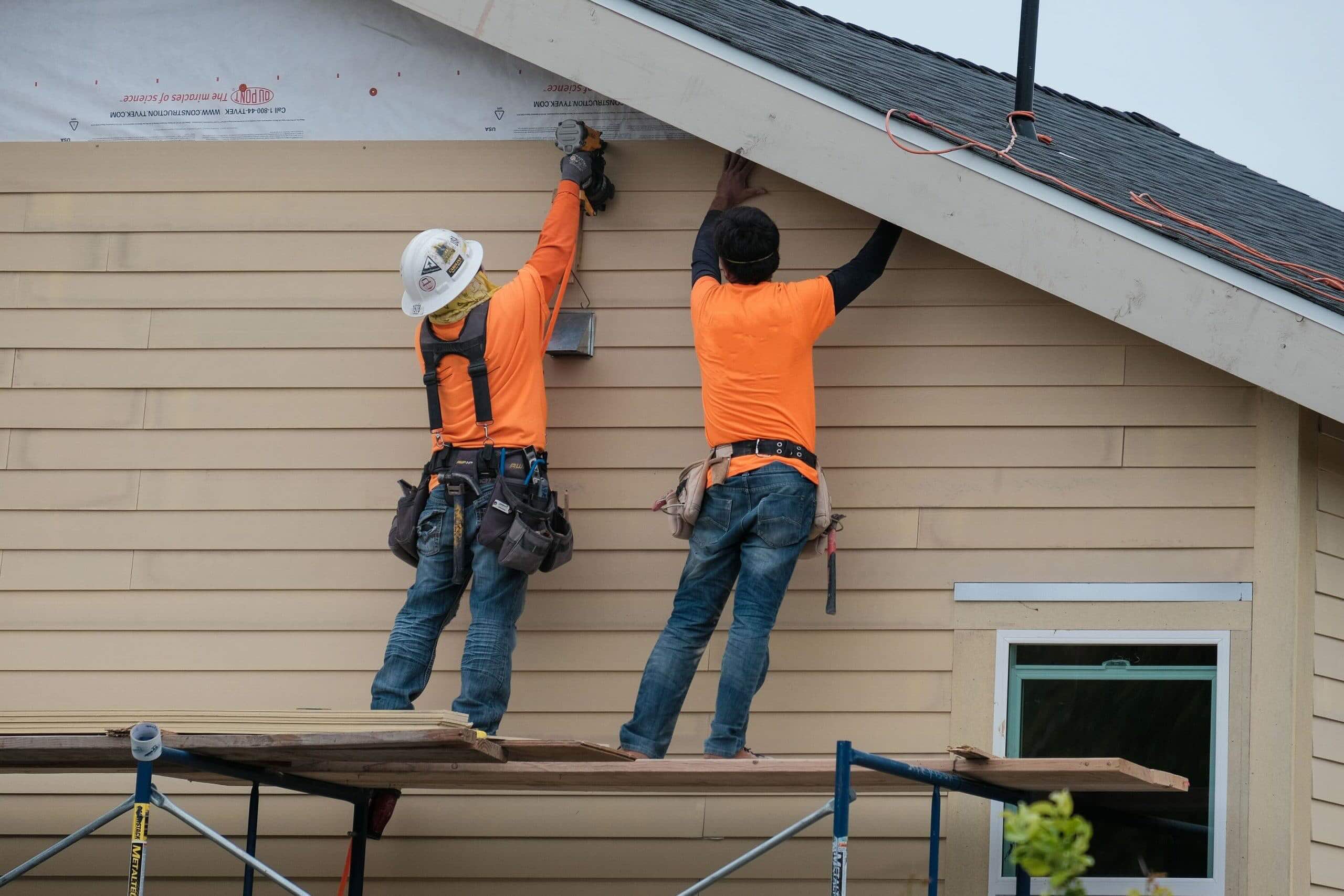

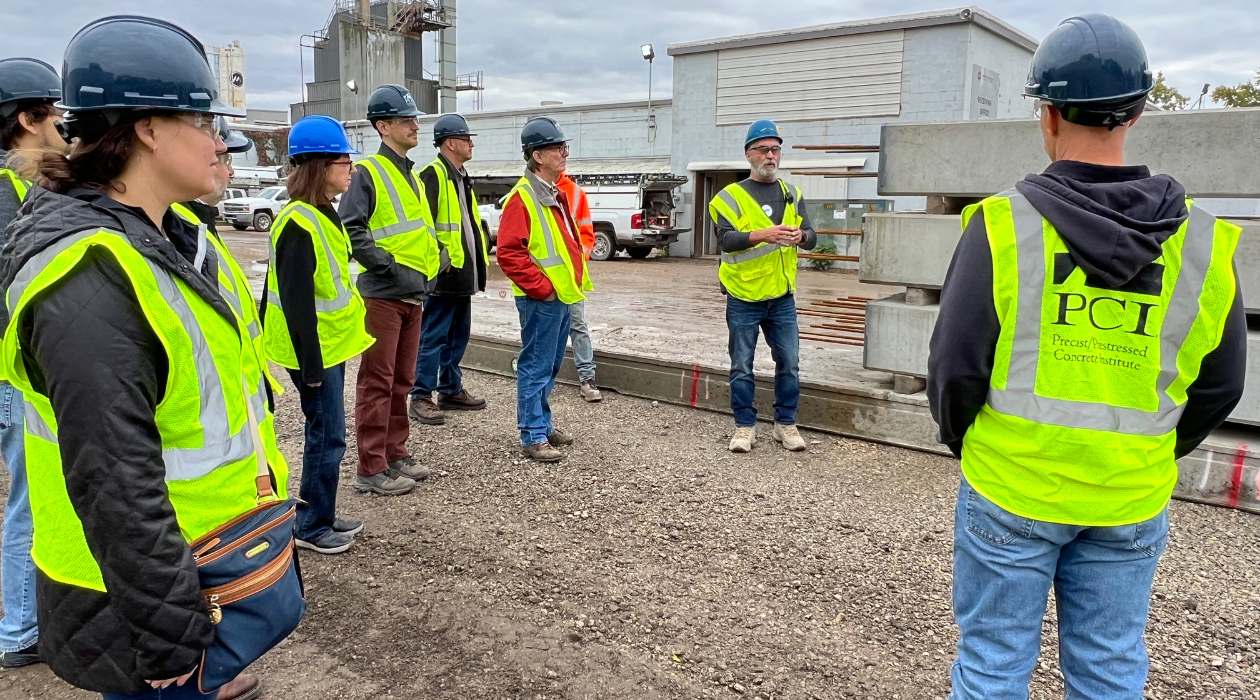
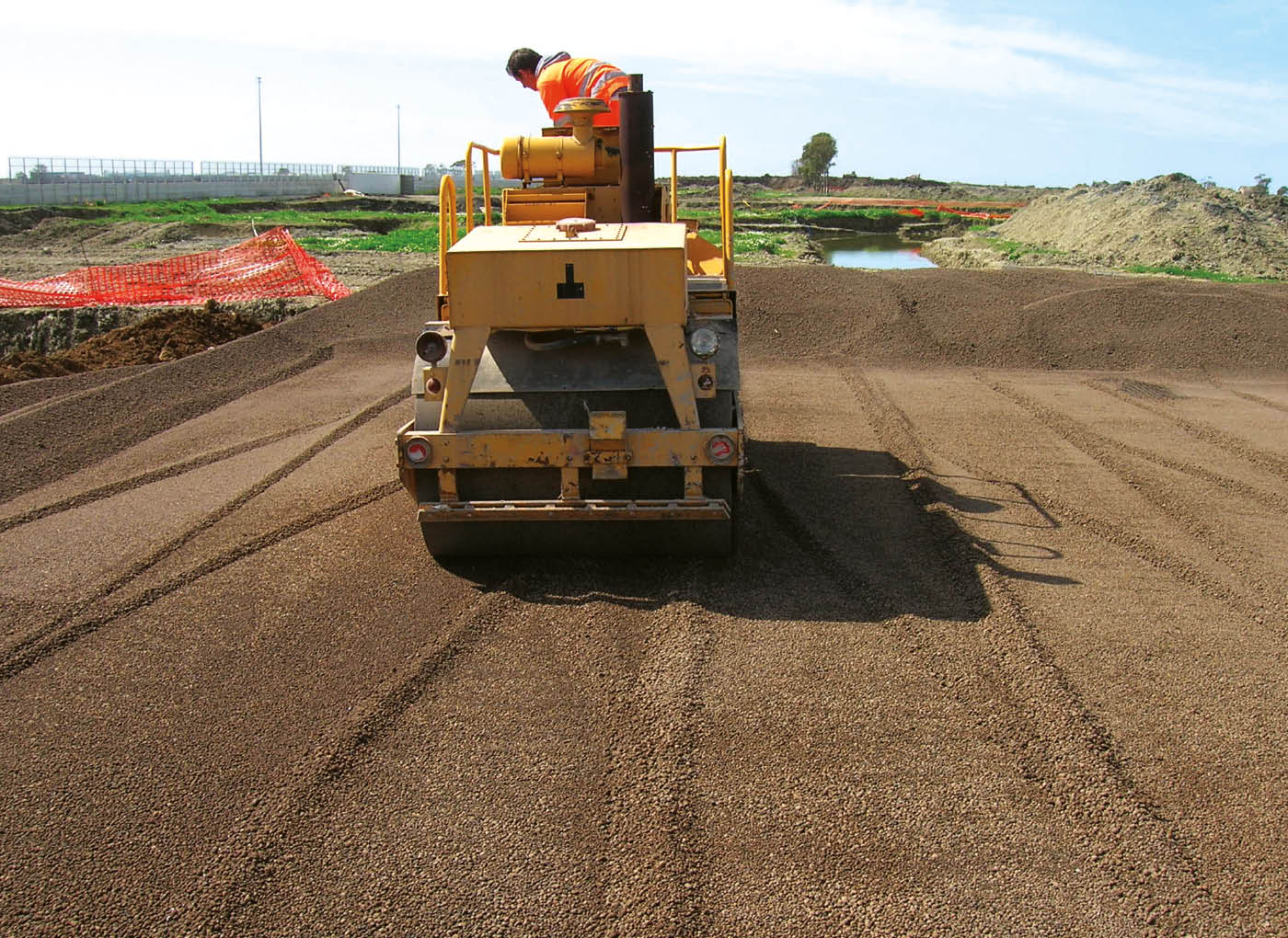
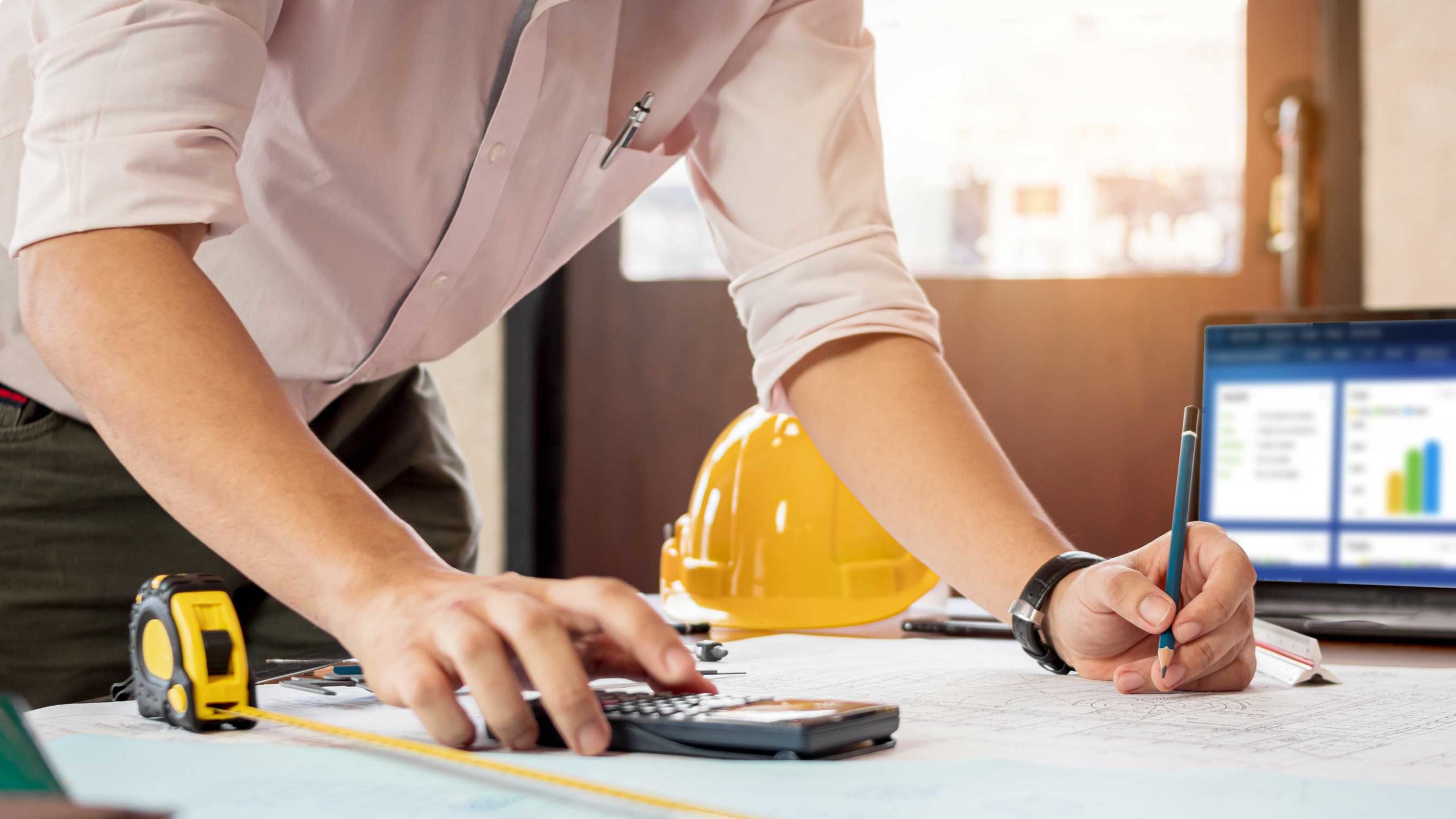
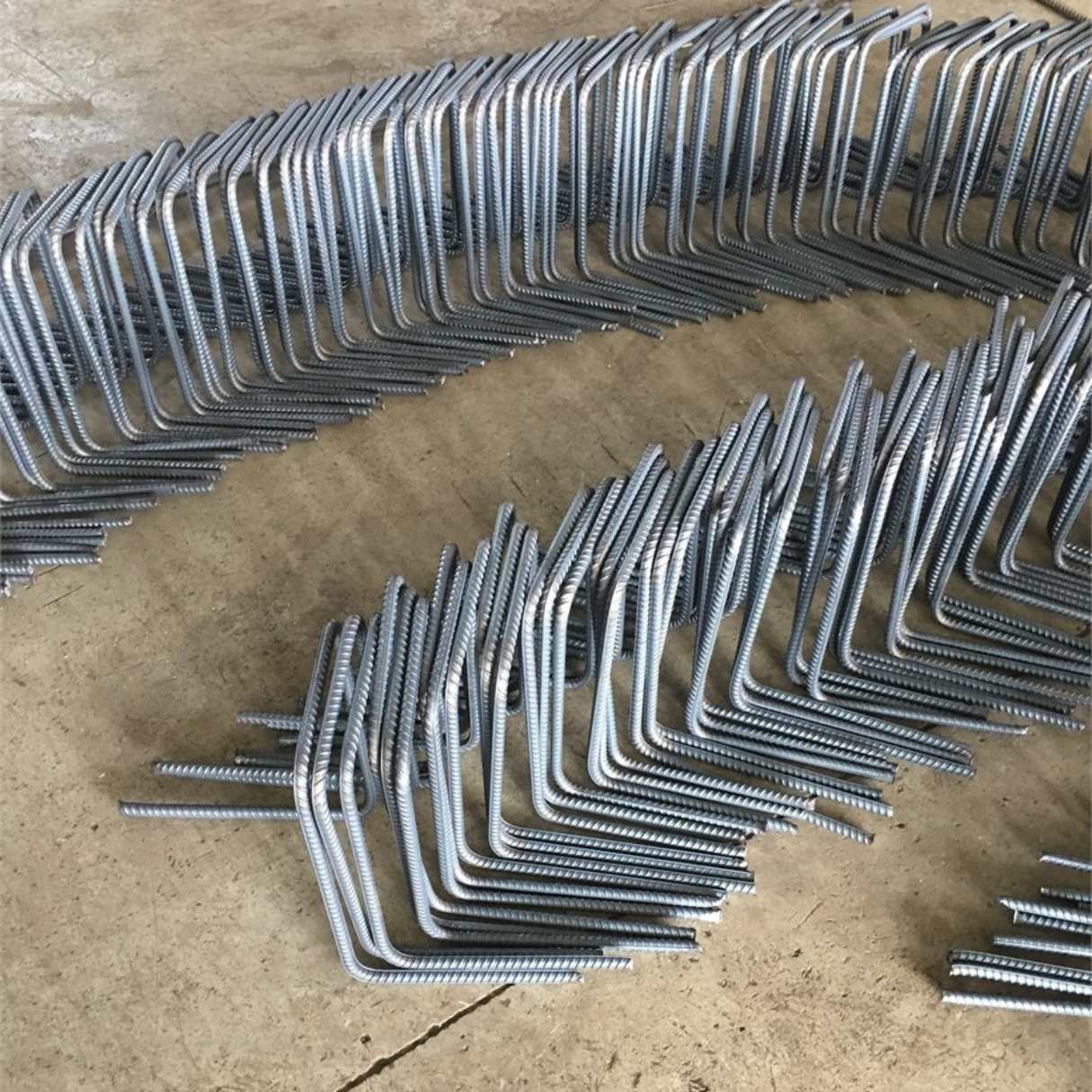
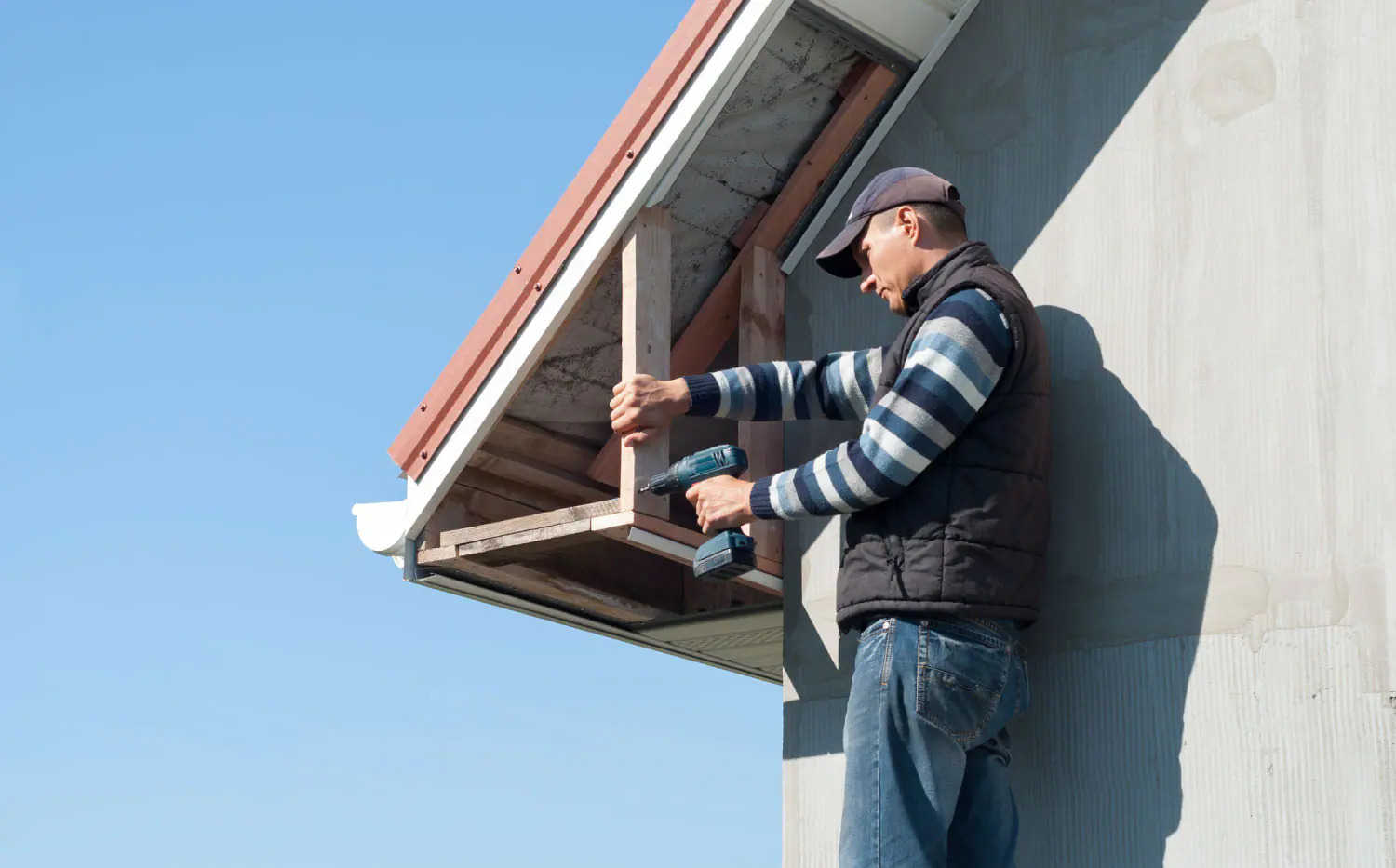
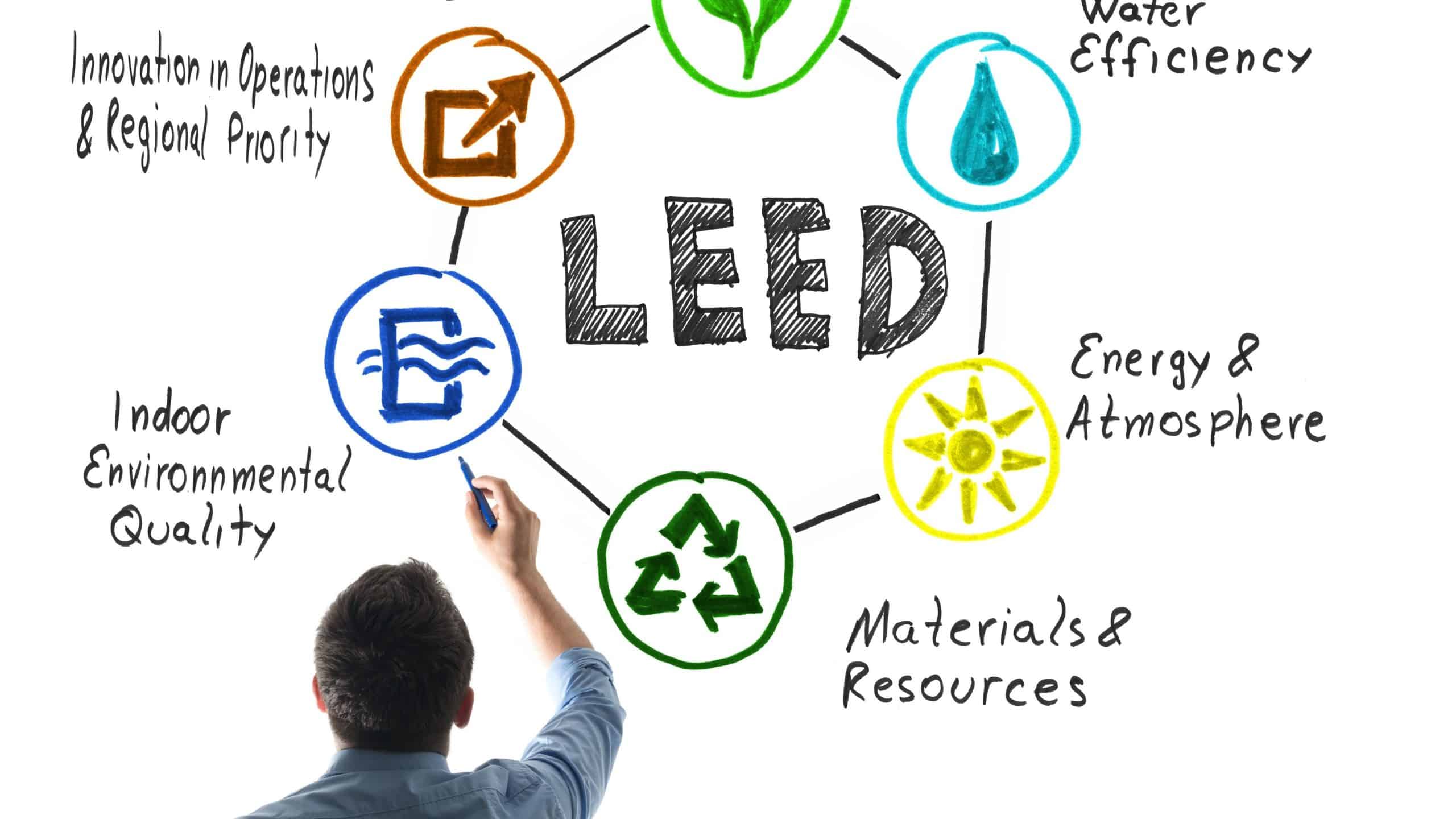
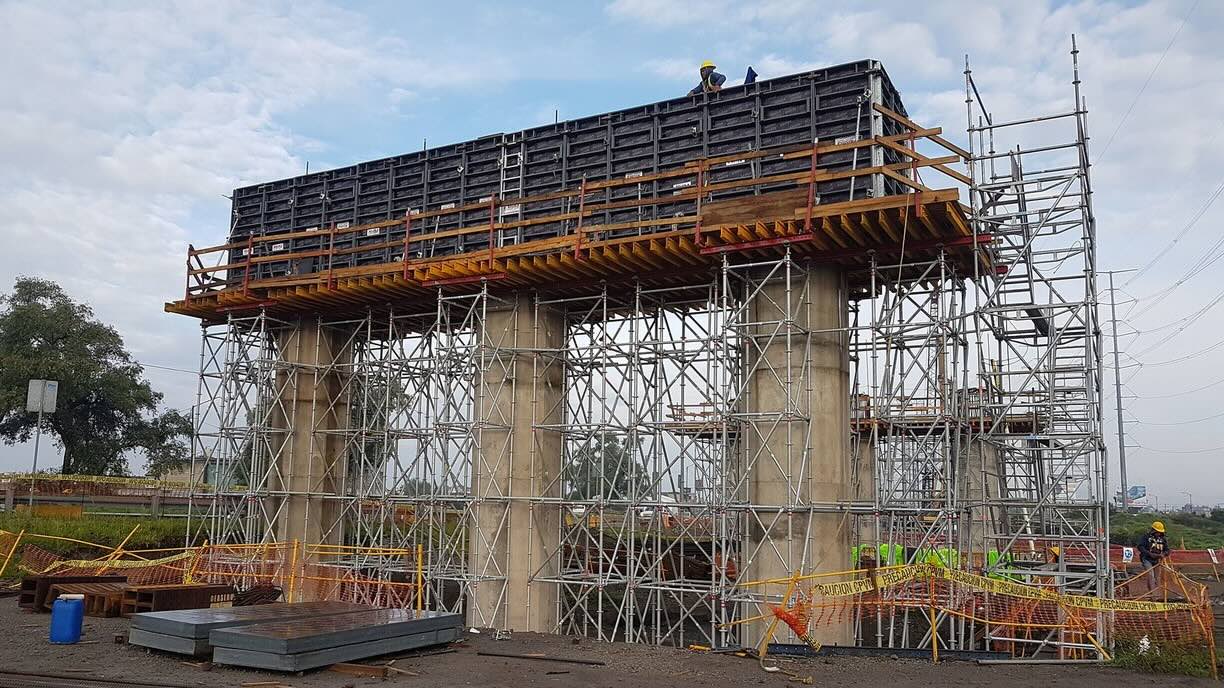
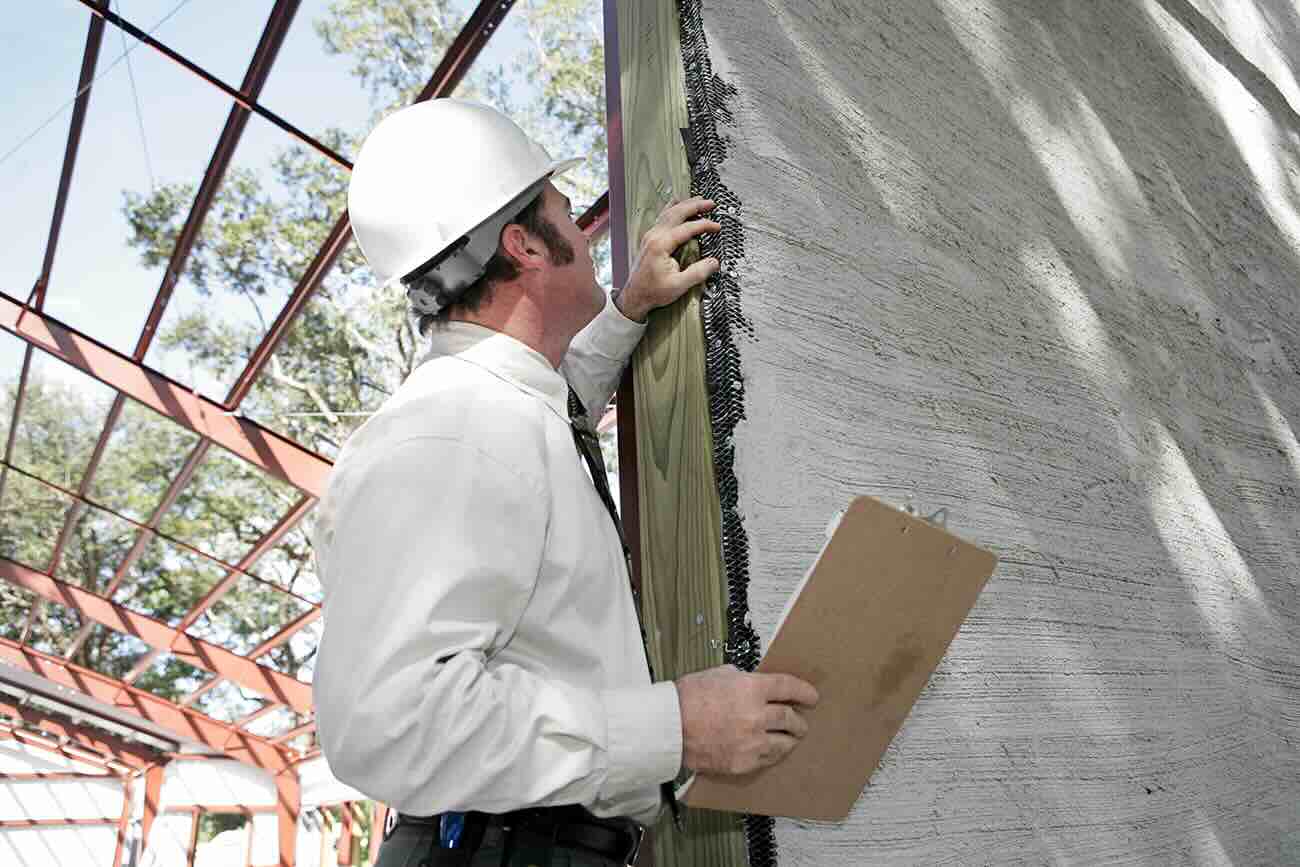



0 thoughts on “What Is An LD In Construction”